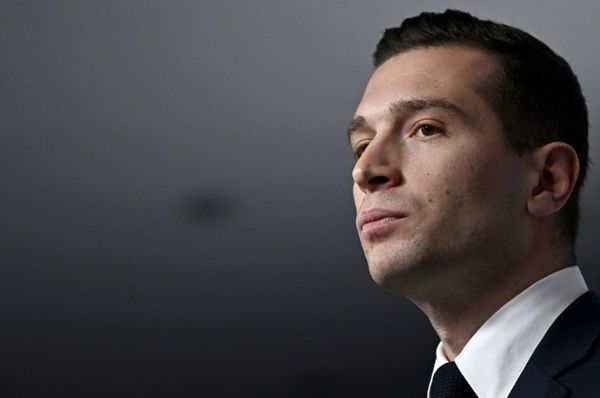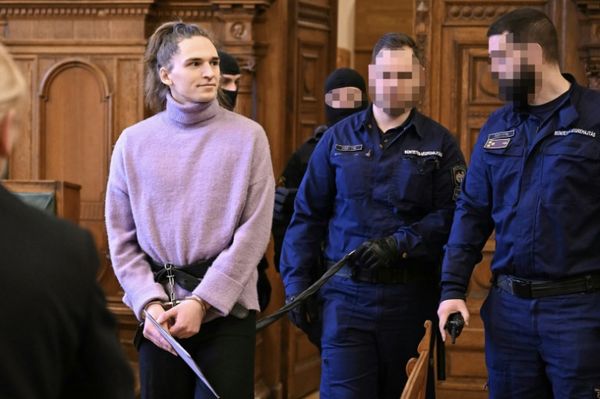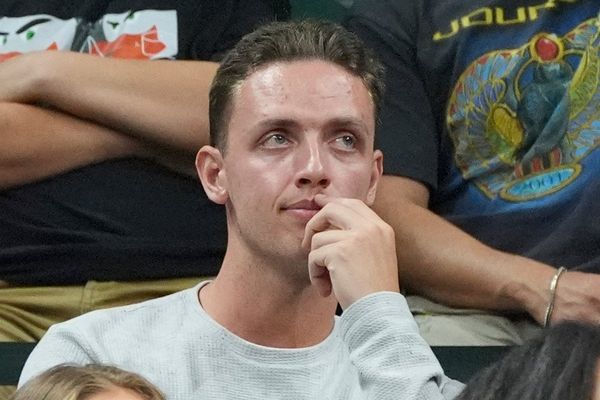SEATTLE — The Seahawks flying to Pittsburgh this week to open the preseason calls to mind the time the Steelers once flew to Seattle in the preseason as part of the effort to get the NFL to come to Seattle at all.
Well, it comes to mind for people of a certain age, anyway.
In fact, it was 50 years ago Friday that the Steelers played the New York Jets in an exhibition game at Husky Stadium sponsored by the Seattle Kings, the organization headed by former Husky Hugh McElhenny that was attempting to lure an NFL franchise to Seattle.
The game was one of about a dozen NFL exhibitions — as well as one AFL contest — played in Seattle from 1955-75 designed in part to help convince the league the city could support an NFL team.
The Steelers-Jets game was the last held before the NFL awarded a team to Seattle in June 1974 (one more was held in 1975 between the Browns and Giants, sponsored by the Seahawks).
Only, as you may recall, it wasn’t McElhenny’s group that ended up with the Seahawks but another ownership contingent headed by the Nordstrom family, which paid $16 million for the rights to what became the Seahawks (Sportico.com last week valued the Seahawks at $4.39 billion).
Ultimately, attendance at any NFL exhibition games didn’t mean a whole lot in the league’s decision to award a team to Seattle, which was far more predicated on having a suitable stadium and ownership group.
But the Jets-Steelers game was billed that way at the time, with McElhenny saying he was hoping for a crowd of more than 50,000 to impress the NFL.
“That would be sufficient sacrifice to satisfy the football gods who will determine which cities will join the league as expansion franchises, perhaps as early as 1974,” wrote Seattle Times reporter Gil Lyons the day before the game.
Or, as Times columnist Georg N. Myers wrote when the game was announced in May, it was designed “to dramatize impatient enthusiasm for professional football.” (And it’s worth remembering the MLB Pilots had just left town about 28 months prior, a stain the city was still trying to live down.)
Ultimately, the game drew 44,038, including, well, me.
Yep, my first, live NFL game was an exhibition in Seattle featuring two teams from three time zones away.
But it wasn’t a bad introduction to the NFL.
The game featured 10 future Hall of Fame players including both quarterbacks — Joe Namath for the Jets and Terry Bradshaw for the Steelers — as well as the likes of Pittsburgh’s Joe Greene, Franco Harris and Jack Ham, and New York’s Don Maynard and John Riggins (who began his career with the Jets before moving on to Washington). Both coaches, New York’s Weeb Ewbank and Pittsburgh’s Chuck Noll, also ended up in the Hall.
And the preseason was a little different then.
The NFL was still in a somewhat ascendant mode and what was then a six-game preseason still served as not just preparation for the upcoming season but also as promotion for individual teams and the league itself.
Teams, especially those who had struggled the year before, tried a little harder to win preseason games than they do now to try to sell the fan base that better days were ahead.
And games held out of market to sell the league were not uncommon.
The Denver Broncos and New England Patriots played in Spokane in 1974 — just imagine Bill Belichick being asked to make that trip in the middle of training camp today.
As part of the deal between McElhenny’s group and the teams to bring the game to Seattle, the Jets promised that Namath — still about the biggest name in the sport, roughly three-and-a-half years removed from his legendary Super Bowl III performance — would play at least a quarter. (What, exactly, the full details of that contract bringing the two teams to Seattle appear to have not been reported.)
One problem — Namath, coming off two injury-riddled seasons, was in a contract dispute with the Jets and declared he wouldn’t play until a new deal was done.
As the game drew closer in late July, Namath was still unsigned and it was not certain he would be available to play in Seattle.
A Seattle Times story reported that after 25,000 tickets were initially sold that sales then “slowed alarmingly” with Namath’s status uncertain.
To the relief of McElhenny and game organizers maybe even as much as the Jets, Namath finally signed a new deal on Aug. 1 for $250,000 a year — at the time the highest salary for any player in league history.
And with that, the game could again be fully billed as Joe and the Jets versus the Steelers, who at that point were known as maybe the most ragtag franchise in the NFL having not made the playoffs in the previous 25 years and just once in their history (that would change beginning with that 1972 season, with the game in Seattle foreshadowing the success to come).
The two teams arrived the day before the game, each expected to practice at Husky Stadium. The Steelers did, but the Jets showed up late and their practice was canceled.
And on gameday, the Jets appeared to barely show up as well.
Bradshaw completed three straight passes for 89 yards the first time the Steelers had the ball for what turned out to be the only touchdown in a sloppily played affair all around — there were six turnovers, 16 penalties and 12 punts, which might make some wonder how great of an advertisement the game really was for the NFL — eventually won by the Steelers, 22-3.
The rest of Pittsburgh’s points came on five field goals by Roy Gerela, and again illustrating that it was a different time, news accounts all referred to his performance as setting a team record for field goals in a game.
Namath, who had played the week before in a win over the 49ers, ended up playing all of the first half. But he looked more like Off-Broadway Joe than anything else, completing just 3 of 14 passes for 44 yards with one interception.
Bradshaw, beginning his third season in the NFL, completed 6 of 10 passes for 134 yards in one half before being replaced by rookie Joe Gilliam. It was the first NFL game of any kind for Gilliam, who a year later became just the third Black player to start at quarterback in the Super Bowl era.
Pittsburgh’s defensive dominance displayed that day became commonplace as the Steelers went 10-4 in 1972 in beginning a run of eight straight playoff appearances and four Super Bowl titles en route to generally being regarded as the team of the ‘70s.
As for Namath, he went on in 1972 to have the last good season of his career, throwing for an NFL-high 19 TDS and earning the last of his five Pro Bowl nods.
Ewbank, at least, left town impressed by the efforts of Seattle and McElhenny, who died in June at age 93.
“Huge McElhenny and the people of Seattle are to be congratulated on the way they staged this show,” Ewbank said. “I’m only sorry we didn’t give them a better game. We’ve got a better football team than that.”







